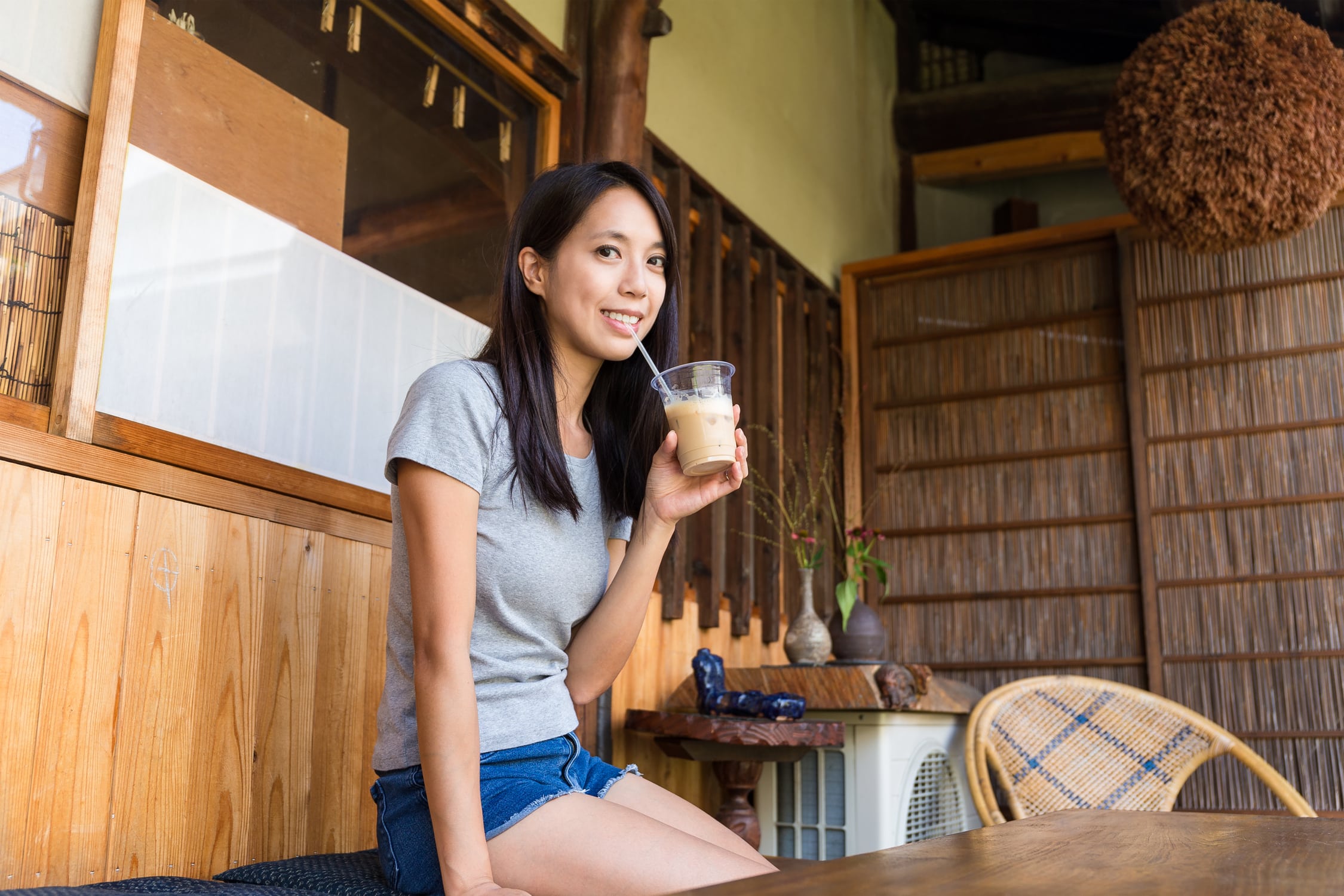What Is the Best Approach to Enhance Kinesthetic Awareness in Junior Figure Skaters?

To excel in the international arena of figure skating, acquiring fundamental skating skills is just the tip of the iceberg. Junior skaters need to continue honing their prowess on the ice, with an emphasis on improving their kinesthetic awareness. This article will delve into the best approaches to enhance kinesthetic awareness in junior figure skaters, which is crucial for executing intricate exercises and sequences on ice with precision and grace.
Training Programs Geared Towards Enhancing Kinesthetic Awareness
For junior figure skaters, training programs should be tailored to help them develop and enhance their kinesthetic awareness. In this regard, the role of a proficient coach is indispensable.
En parallèle : Does Altitude Mask Training Provide Any Benefits for Amateur MMA Fighters?
Coaches work to design programs that incorporate various exercises and drills that target the skater’s sense of their body’s position, movements, and actions, often referred to as kinesthetic awareness. This enhanced sense of self-awareness on the ice is critical for skaters to execute complex figure skating maneuvers such as the spiral or intricate sequence of movements with precision and grace.
One such exercise is the ‘Edge Exercise’. This drill focuses on helping skaters understand the inside and outside edge of their skate, teaching them how to lean into curves and maintain balance while changing directions. Coaches often use props like cones and markers to guide skaters in this exercise, making it interactive and fun, which can increase the likelihood of junior skaters practicing it regularly.
A lire également : How Does Mental Fatigue Influence Decision-Making in Chess Players During a Tournament?
International Standards and Guidelines on Kinesthetic Awareness
Adherence to international standards and guidelines can also help in enhancing kinesthetic awareness among junior skaters. For instance, the International Skating Union (ISU) provides comprehensive field moves in its Junior Program, designed to enhance a skater’s balance, rhythm, and body control – all critical aspects of kinesthetic awareness.
One of the standard exercises practiced globally is the ‘Spiral Sequence’. This exercise will help skaters understand how to distribute their body weight while changing their position on the ice. It demands balance, flexibility, and body control, with an emphasis on the skater’s ability to maintain an extended leg position while gliding on a deep edge. Following these internationally set standards and guidelines will help junior skaters align their training with global best practices.
The Role of Technology in Enhancing Kinesthetic Awareness
In today’s digital age, technology plays an increasingly significant role in the training of junior figure skaters. Various tools and software can help skaters visualize their movements, providing detailed feedback that can be instrumental in refining their ice performances.
For instance, motion-capture technology can record a skater’s movements, allowing them to be analyzed in detail later. This technology can provide precise information about a skater’s posture, alignment, and balance during different maneuvers, which can be incredibly valuable for coaches in identifying areas that need improvement. Incorporating technology into training sessions can offer an innovative approach to enhance kinesthetic awareness.
The Importance of Regular Practice and Persistence
While training programs, international standards, and technological tools can provide the necessary guidance and resources, regular practice and persistence are the keys to truly enhancing kinesthetic awareness in junior figure skaters.
Regular practice helps skaters internalize the different movements, maneuvers, and sequences, making them second nature. It’s during these regular practice sessions that the knowledge acquired from training drills transforms into intuitive understanding and instinctive reactions on the ice. Skaters learn to anticipate the movements required for specific sequences and respond reflexively, enhancing their kinesthetic awareness.
Persistence is equally important, as enhancing kinesthetic awareness is not an overnight process. It requires time, effort, and patience. Skaters may struggle initially, but with continued perseverance, they will see gradual improvements in their awareness and performance on the ice.
Engaging the Skater’s Mind-Body Connection
Ultimately, the enhancement of kinesthetic awareness in junior figure skaters revolves around engaging the mind-body connection. Skaters need to develop a heightened understanding of how their body moves and responds on the ice.
This can be achieved through various means, such as visualization exercises. For example, skaters can imagine themselves executing a perfect spiral or sequence, focusing on each movement and how it feels physically. This mental rehearsal helps to establish neural pathways in the brain, which can improve kinesthetic awareness.
Moreover, mindfulness exercises can also play a crucial role. By focusing on their breathing, the sensation of their skates on the ice, and the movement of each muscle, skaters can significantly enhance their awareness and control over their bodies, crucial for their performance in the rink.
Remember, enhancing kinesthetic awareness in junior figure skaters is a holistic process, involving physical training, mental exercises, regular practice, and a dash of technology. It is a gradual process that requires patience and persistence but promises significant rewards in the form of improved performance and a higher level of artistry on the ice.
Incorporating Skating Skills into Training Programs
It is important to weave specific skating skills, such as the ‘triple axel’, the ‘toe loop’, and the ‘step sequence’, into training programs for junior figure skaters. These signature moves require skaters to have an acute sense of their body’s position and movement on the ice, thereby enhancing their kinesthetic awareness.
To execute a ‘triple axel’, for example, skaters must develop a keen sense of timing, balance, and body rotation while in mid-air. This move requires them to perform three and a half revolutions in the air before landing on the opposite foot, which demands a high level of bodily awareness and control.
The ‘toe loop’ is another move that requires similar skills. It involves taking off from the back outside edge of one foot, performing a full revolution in the air, and landing on the same back outside edge. Again, this move requires skaters to be fully aware of their body’s position and movement on the ice to execute it correctly.
Meanwhile, the ‘step sequence’, commonly used in ice dance, involves a combination of turns, steps, and movements. This sequence requires skaters to demonstrate a variety of skating skills, highlighting their ability to maintain rhythm, balance, and flow while changing directions and positions on the ice.
Training programs that incorporate these intricate moves can help junior figure skaters develop and enhance their kinesthetic awareness by challenging them to maintain control over their bodies while executing complex movements and sequences on the ice.
Synthetic Ice Training: The Future of Figure Skating
In the world of figure skating, synthetic ice is quickly gaining popularity for its practicality and versatility. Utilizing synthetic ice for training can be a game-changer in enhancing kinesthetic awareness among junior figure skaters.
Synthetic ice, a solid polymer material designed for skating using normal metal-bladed ice skates, offers a training environment close to real ice. It enables skaters to practice difficult moves like the ‘inside edges’, ‘forward inside’, and ‘short program’ maneuvers in a controlled environment. This could be especially beneficial for junior figure skaters who are still mastering their skating skills.
Moreover, synthetic ice offers the advantage of year-round skating, enabling skaters to practice regularly and consistently. This regular training on synthetic ice helps reinforce the neural pathways responsible for coordinating complex skating moves, ultimately enhancing the skater’s kinesthetic awareness.
In Conclusion
In conclusion, enhancing kinesthetic awareness in junior figure skaters is a comprehensive and gradual process that requires a blend of effective training programs, adherence to international standards, technological intervention, consistent practice, and mental exercises.
Training programs should be designed to target specific figure skating skills like the ‘triple axel’, the ‘toe loop’, and the ‘step sequence’, which challenge and enhance the skater’s sense of their body’s position, movements, and actions on the ice.
Moreover, the advent of synthetic ice has opened new avenues for training. This technology allows skaters to practice difficult moves in a controlled environment, thereby reinforcing their kinesthetic awareness.
Lastly, persistence plays a vital role. Experienced figure skater Karen Olson once said, "Skating is a lot like life. It requires dedication, effort, and hard work." Just as in life, enhancing kinesthetic awareness in figure skating is not an overnight task; it requires consistent effort and practice. But with time, patience, and the right approach, junior figure skaters can certainly enhance their kinesthetic awareness, improving their overall performance and artistry on the ice.
